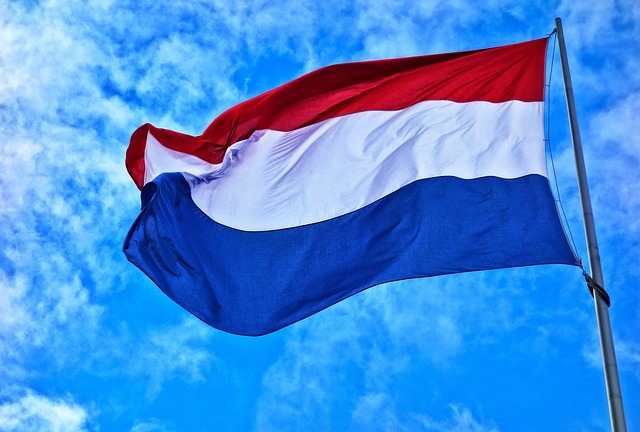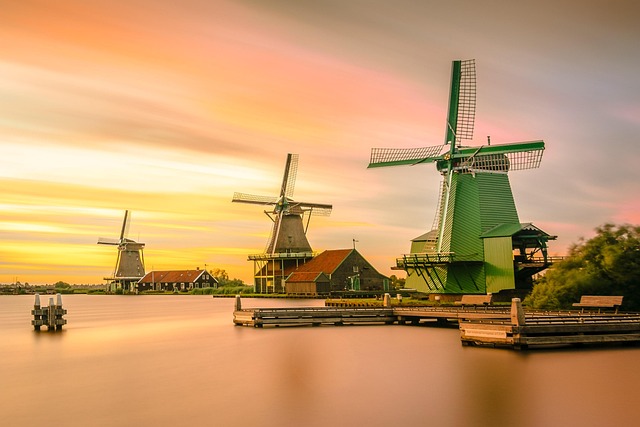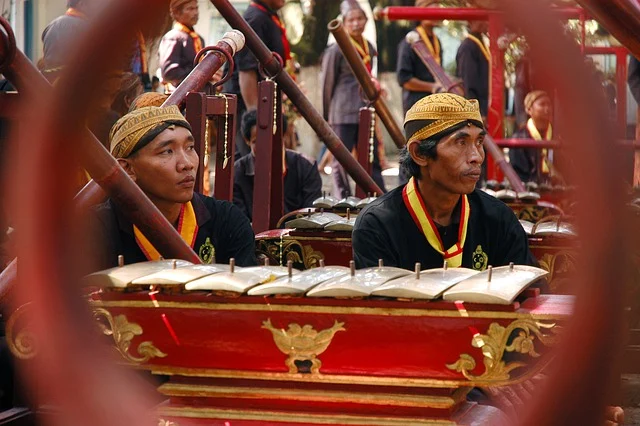Dutch National Symbols: The Flag and Anthem

The Netherlands, a country known for its rich history, vibrant culture, and progressive values, has national symbols that reflect its identity and heritage. Among these, the Dutch flag and the national anthem hold a special place in the hearts of the Dutch people. In this guide, we’ll explore the history, significance, and modern-day relevance of these iconic national symbols.
The Dutch Flag (De Nederlandse Vlag)
Design and Colors
The Dutch flag, known as de Nederlandse vlag, consists of three horizontal stripes of equal width:
- Red (Top): Symbolizing courage and valor.
- White (Middle): Representing peace and honesty.
- Blue (Bottom): Signifying loyalty and justice.
Historical Evolution
- Origins: The Dutch flag’s design dates back to the late 16th century during the Dutch Revolt against Spanish rule. The original flag, known as the Prinsenvlag (Prince’s Flag), featured orange, white, and blue stripes, representing the House of Orange-Nassau.
- Transition to Red: Over time, the orange stripe was replaced with red, possibly due to the fading of the orange dye or political changes. The red-white-blue flag was officially adopted in 1937.
Significance
- National Identity: The flag is a powerful symbol of Dutch unity and pride, representing the country’s values of freedom, equality, and solidarity.
- Public Display: The Dutch flag is flown on national holidays, such as King’s Day (Koningsdag) and Liberation Day (Bevrijdingsdag), as well as during international events like the Olympics.
Etiquette
- Respect: The flag should be treated with respect, and it is customary to raise it at sunrise and lower it at sunset.
- Half-Mast: The flag is flown at half-mast as a sign of mourning or respect during national tragedies or the passing of significant figures.
The Dutch National Anthem (Het Wilhelmus)
History and Lyrics
The Dutch national anthem, Het Wilhelmus, is one of the oldest national anthems in the world, with its origins dating back to the 16th century.
- Composition: The anthem was written during the Dutch Revolt and is attributed to Philip van Marnix, a prominent statesman and poet.
- Melody: The tune is based on a French soldiers’ song and was adapted to fit the Dutch lyrics.
Structure
- 15 Stanzas: The anthem consists of 15 stanzas, each beginning with a letter that spells out “Willem van Nassov” (William of Nassau), the full name of William of Orange, the leader of the Dutch Revolt.
- First Stanza: Only the first stanza (and sometimes the sixth) is commonly sung during official events.
First Stanza (English Translation)
“William of Nassau, scion of a Dutch and ancient line,
I dedicate undying faith to this land of mine.
A prince am I, undaunted, of Orange, ever free,
To the king of Spain I’ve granted a lifelong loyalty.”
Significance
- Historical Context: The anthem reflects the Dutch struggle for independence and the leadership of William of Orange, who is considered the father of the nation.
- National Pride: Het Wilhelmus is a symbol of Dutch resilience, unity, and the enduring spirit of freedom.
Usage
- Official Events: The anthem is played during national holidays, royal events, and international sports competitions.
- Public Singing: It is customary for the Dutch to sing the anthem with pride and respect, often placing their right hand over their heart.
Other National Symbols
While the flag and anthem are the most prominent national symbols, the Netherlands has other symbols that hold cultural and historical significance:
1. The Lion (De Nederlandse Leeuw)
- What It Is: The lion is a symbol of strength and courage and is featured on the Dutch coat of arms.
- Significance: The lion represents the Dutch monarchy and is a common motif in Dutch heraldry and art.
2. The Tulip
- What It Is: The tulip is a symbol of Dutch horticultural excellence and is often associated with the country’s Golden Age.
- Significance: The tulip represents beauty, prosperity, and the Netherlands’ global influence in the flower trade.
3. The Windmill
- What It Is: The windmill is an iconic symbol of Dutch ingenuity and the country’s battle against water.
- Significance: Windmills represent the Netherlands’ engineering prowess and its historical reliance on wind power for land reclamation and industry.
4. The Orange Color (Oranje)
- What It Is: Orange is the color of the Dutch royal family, the House of Orange-Nassau.
- Significance: Orange symbolizes national unity and pride, and it is prominently displayed during national celebrations like King’s Day.
Modern-Day Relevance of Dutch National Symbols
Dutch national symbols continue to play a vital role in contemporary society, fostering a sense of identity and unity among the Dutch people.
1. National Holidays and Celebrations
- King’s Day (Koningsdag): The Dutch flag and orange attire are ubiquitous during this national celebration of the king’s birthday.
- Liberation Day (Bevrijdingsdag): The flag is flown to commemorate the liberation from Nazi occupation during World War II.
2. International Representation
- Sports Events: Dutch athletes proudly display the national flag and anthem during international competitions, such as the Olympics and the FIFA World Cup.
- Diplomatic Relations: The flag and anthem are used in diplomatic ceremonies and state visits, symbolizing the Netherlands’ presence on the global stage.
3. Cultural Identity
- Education: Dutch schools teach students about the significance of national symbols, fostering a sense of pride and belonging.
- Art and Media: National symbols are often featured in Dutch art, literature, and media, reinforcing their cultural importance.




